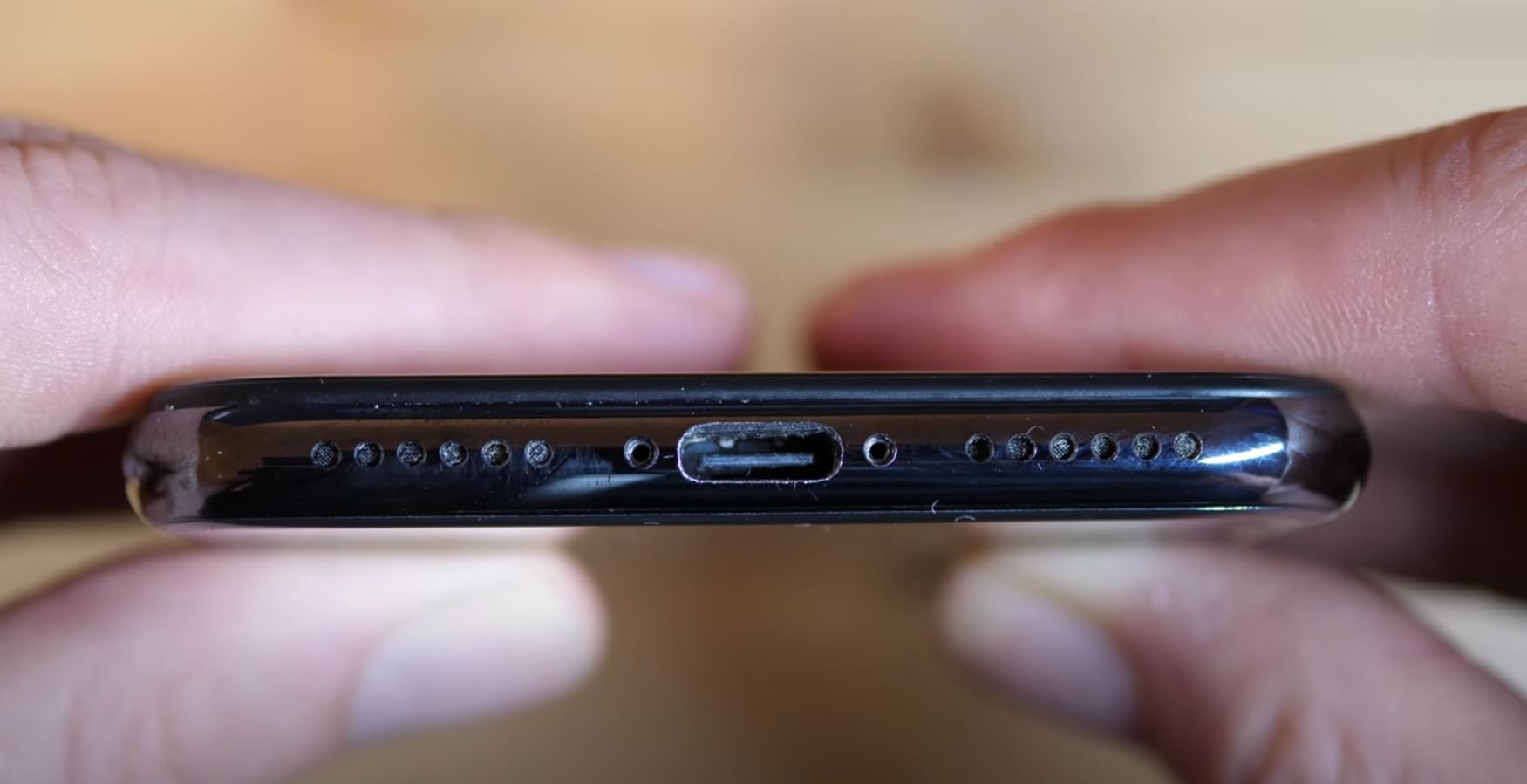The impetus for the development of the first microprocessor came in 1969 from the Japanese calculator manufacturer Busicom. The task of developing a set of 12 chips needed for a new model of calculator with a printer was entrusted to the American semiconductor component manufacturer Intel. Its staff, Federico Faggin and Ted Hoff, radically simplified the original design, resulting in four chips, one of which was designed so that it could be used as a control in other devices when reprogrammed.
–
One of Intel’s co-founders, Robert Noyce, soon realized the importance this miniature component could have. He therefore offered to give Japanese customers cheaper chips in exchange for relinquishing rights to the microprocessor’s technical solution. That’s what happened, and from Intel’s point of view, it was one of the best deals he’s ever made.
–
It cannot be compared with today’s transistors
The company improved its chip and launched it with it in the autumn of 1971. The Intel 4004 microprocessor contained 2300 transistors and its core operated at a frequency of 108 kilohertz. For comparison: with current processors, the number of transistors is in the order of hundreds of millions and their frequency is usually between two and three gigahertz.
–
From today’s point of view, the Intel 4004 was a truly primitive device, but at the time it was a real miracle of technology. After all, a component about three by four millimeters in size provided performance comparable to the first electronic computer of 1946, which, however, occupied the entire room.
–
Robert Noyce in a 1987 picture
Photo: Profimedia.cz
In addition to the miniature dimensions, the advantage of the first microprocessor was also its versatility. It could be programmed to perform various functions and was therefore applicable to a wide range of electronic devices.
–
Soon after the launch of the first microprocessor, the development of these components took a rapid turn. In just one year, Intel came up with an 8-bit processor that was twice as powerful as its predecessor. Pioneering four- and eight-bit processors have found application mainly in calculators, but soon their performance was enough for a simple computer. And Intel has grown from a memory chip maker to the world’s largest supplier of computer processors.
–
The first commercially successful Altair 8800 personal computer
In 1974, the creators of Intel chose the Altair 8800 computer, known as the first commercially successful personal computer. By the way, Microsoft founders Bill Gates and Paul Allen started their careers by programming for this legendary machine.
–
If the first microprocessor of 1971 made Intel more widely known, then the chip introduced eight years later helped it rise to the position of the world’s largest manufacturer of these components. The IBM 8088 was preferred by IBM when deciding which components to install on its compact IBM PC. The so-called IBM PC compatible computers have gradually become the most widespread standard, and Intel has naturally ridden the wave of “sand” popularity with its products. During the 1980s, Intel launched the now legendary 286, 386 and 486 processors.
–
Altair 8800
Photo: Profimedia.cz
Their logical successor was supposed to be the Intel 586, but it didn’t happen. The reason was a dispute with a competitor Advanced Micro Devices (AMD). She labeled her products with the same code number, which Intel considered an unfair practice and went to court.
–
However, he lost the dispute, and in fact, as a way out of the emergency, he marked the new processor not with a number, but with a name. That’s how the name Pentium was born. The first Pentia appeared on the market in 1993, and thanks to a massive advertising campaign, their name has become practically synonymous with the word processor. The fact that the first series of Pentiums contained a design defect, which Intel tried to hide from customers and did not change until after the affair became public, did not change anything.
–
Despite the successful five decades he went through, Intel has nothing certain in the competitive computer business. In 2017, after 25 years of domination, the South Korean electronics manufacturer Samsung Electronics overtook him in terms of sales.
–
And the “breathless old man” Intel 4004 is today one of the most sought-after collector’s central processing units. The most valuable are 4004 in gold and white.
—


